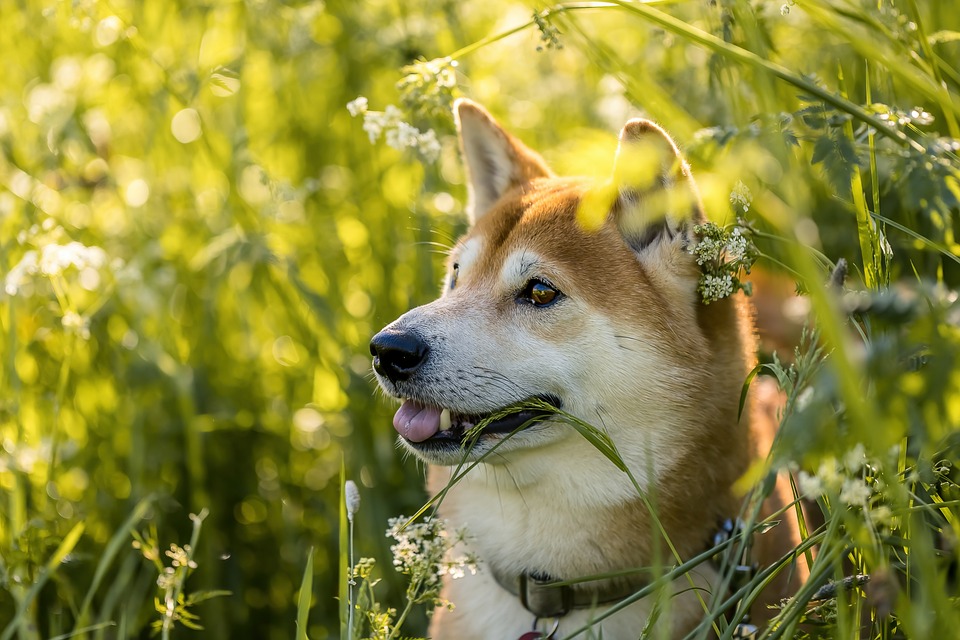Header: How to Teach Dogs to Walk on a leash Without Pulling: A Comprehensive Guide
Introduction:
Walking your dog should be an enjoyable experience for both you and your furry friend. However, if your dog constantly pulls on the leash, it can be frustrating and even dangerous. In this article, we will discuss effective techniques and tips to teach dogs to walk on a leash without pulling. Additionally, we will address common concerns and questions dog owners often have about leash training. Let’s dive in!
1. Understanding Leash Training Basics
Leash training is essential for the safety and well-being of both you and your dog. We will explore the importance of leash training, the types of leashes and collars/harnesses to choose from, and the differences between positive reinforcement and punishment-based methods.
2. Establishing a Foundation
Before starting leash training, it is important to establish a foundation of basic obedience commands such as sit, stay, and come. Building a strong bond with your dog through trust and positive reinforcement will also contribute to successful leash training. We will also discuss how to prepare for a successful leash training session.
3. Introducing the Leash
Introducing the leash to your dog should be a gradual and positive experience. We will provide tips on familiarizing your dog with the leash and collar/harness, encouraging them to approach it willingly, and gradually getting them used to wearing the leash indoors.
4. Loose Leash Walking Techniques
Teaching your dog to walk beside you on a loose leash is the ultimate goal of leash training. We will explore techniques such as using treats and rewards effectively, encouraging focus and attention during walks, and reinforcing good behaviors.
5. Correcting Leash Pulling
If your dog tends to pull on the leash, we will provide gentle redirection methods to discourage pulling. Implementing cues such as “stop” and “go” can also help in teaching your dog to walk without pulling. Positive reinforcement for desirable behaviors will be emphasized.
6. Consistency and Practice
Consistency is key when it comes to leash training. We will discuss the importance of a consistent training schedule and routine, gradually increasing the duration of walks and introducing distractions. Reinforcing learned behaviors in different environments will also be covered.
FAQs (Frequently Asked Questions)
We will address commonly asked questions regarding leash training, such as the time it takes to train a dog to walk without pulling, improving focus during walks, choosing between a collar or harness, dealing with excessive pulling even with a harness, age restrictions for leash training, the use of punishment-based methods, and handling a dog that pulls more when they see other dogs.
Conclusion:
Leash training is an essential aspect of responsible dog ownership. By following the techniques and tips outlined in this comprehensive guide, you can teach your dog to walk on a leash without pulling, ensuring enjoyable and safe walks for both you and your furry companion. Remember, patience, consistency, and positive reinforcement are key to successful leash training. Happy walking!









